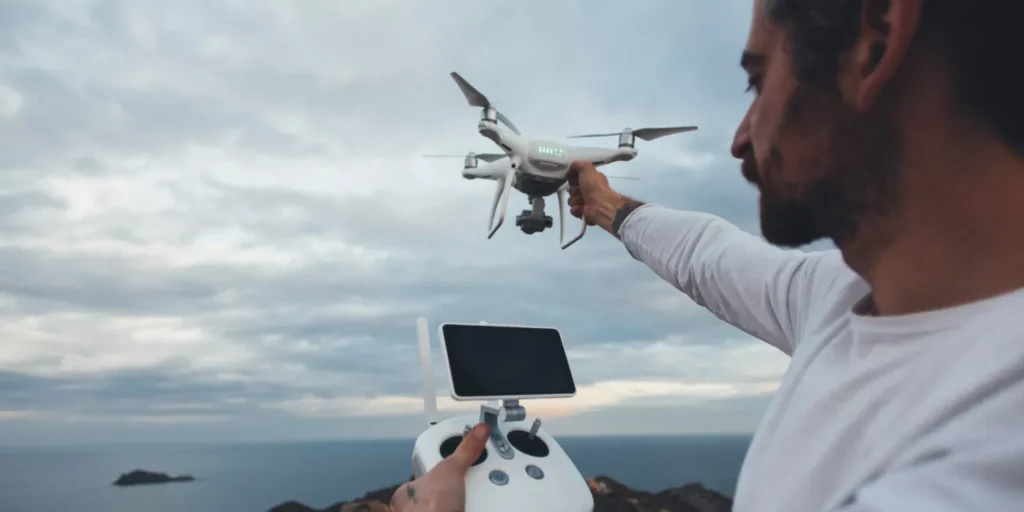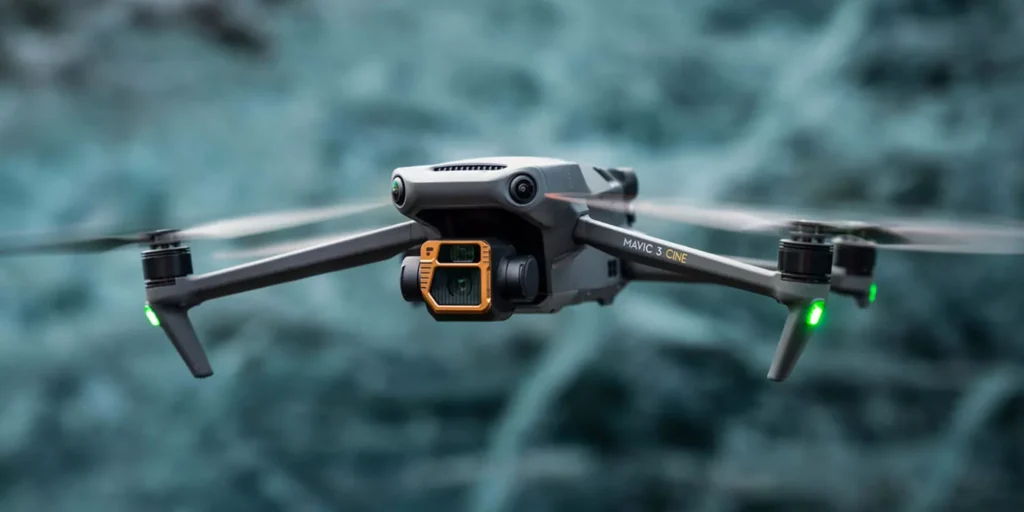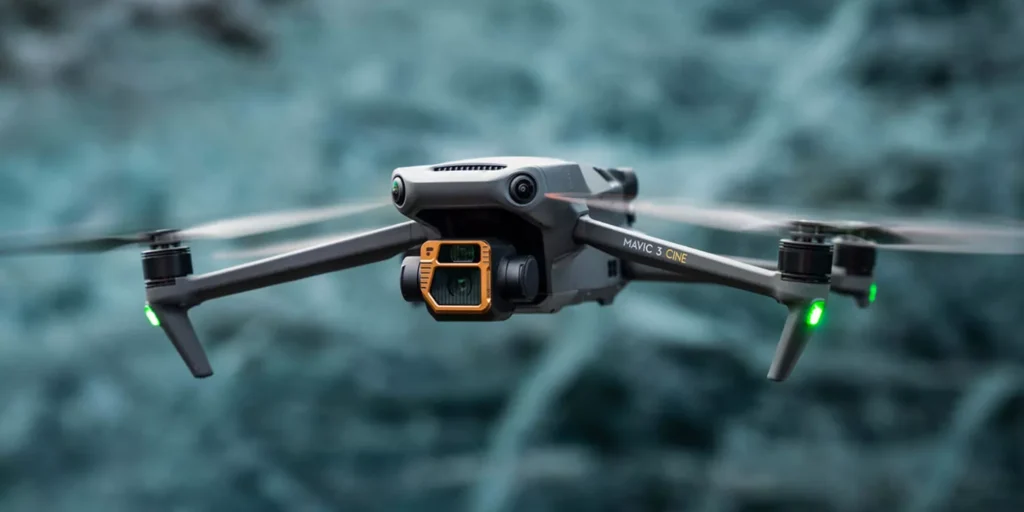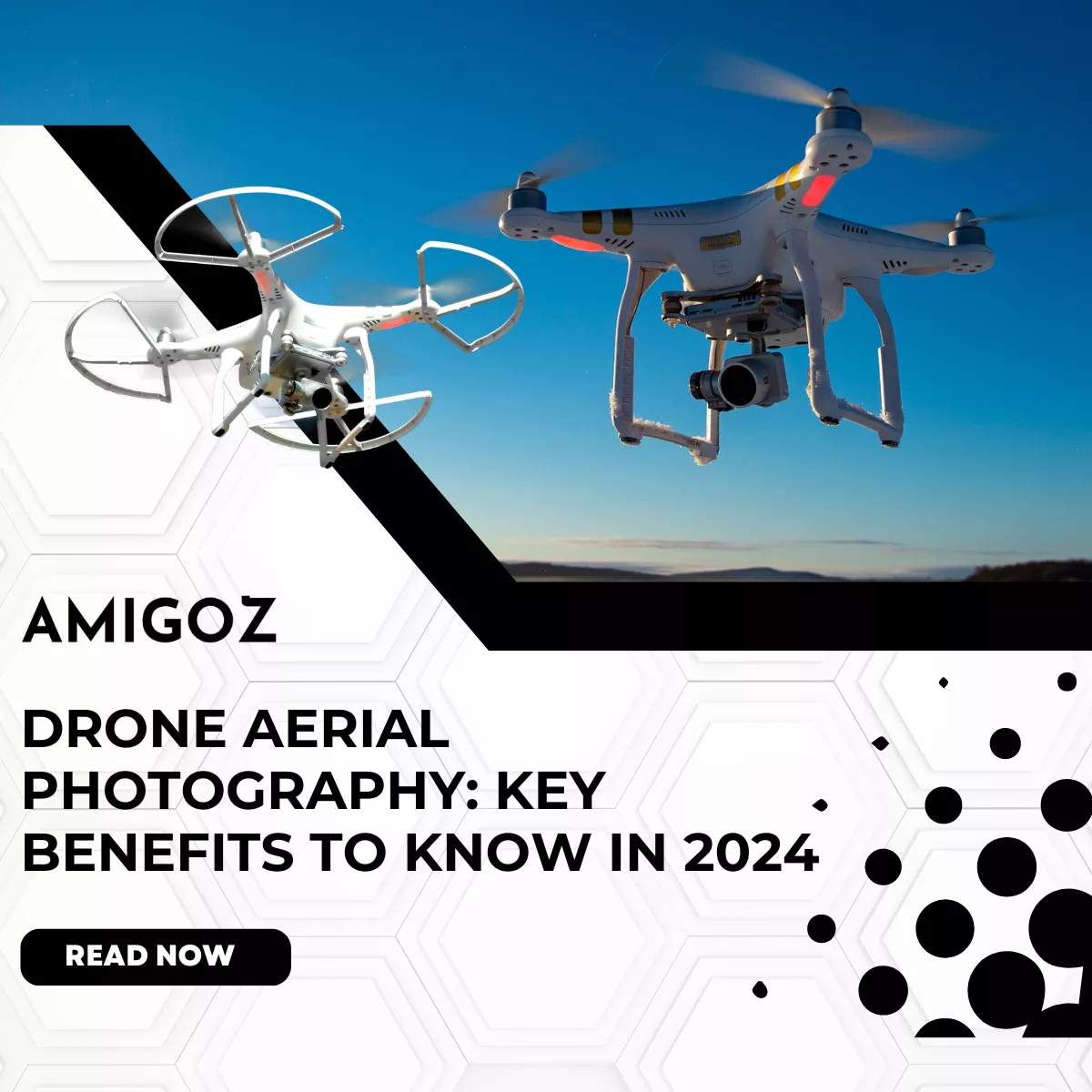Are you having trouble attempting to enhance your photography to new and higher altitudes? Drones have completely revolutionized the game by providing stunning views at costs that will not burn a hole in your pocket.
In this article, we will guide you through the art of aerial photography using drones, shedding light on important tips as well as effective techniques, right from electing the correct flying camera to taking stellar aerial images.
Aerial Photography Using Drones: Benefits of Aerial Photography (Drone-Based)

Obtaining Unique Angles & Perspectives
Drones provide new and unique views that make images and videos truly stand out. They can fly really high or stoop down to very low levels for capturing shots that are impossible for dollies, jibs, and even cranes. This sort of flexibility allows photographers to create dynamic and unique aerial content with exceptional angles that captivate the viewers into the sequence.
With the help of drones, photographers have access to views from above tall buildings or hover very close to wonders of nature. Every drone flight path reveals various perspectives, right from wide landscapes to intricately-detailed close-up shots.
Reaching Remote & Inaccessible Locations
Drones, thanks to their compact size along with advanced maneuverability capabilities, uncover new chances for taking aerial photos and videos, especially in sports that are very hard to access using traditional methods. They come pre-equipped with smart technology such as Vision Positioning Systems and detect barriers sensors.
This makes them very ideal tools for the exploration of untouched landscapes as well as dense urban areas. Smart gadgets generally fly into specific locations where human beings cannot easily go to or venture in, like sky-high mountain peaks, deep canyons, or even the heart of forests that are extremely thick.
This capability is an absolute game-changer for making dynamic and unique aerial content that truly stands out on social media platforms such as Instagram or professional portfolios.
Creating Dynamic Aerial Content
Creating dynamic aerial content helps take both photography or videography as a photographer or videographer to the next level. Triple-axis gimbals present on drones aid in stabilizing footage, thereby making each shot highly smooth as well as professional. These kinds of flying cameras aid in capturing stellar views for tv shows and movies, realtor showcases, wedding, adverts, and news stories.
Creators utilize numerous tools such as drone rigs paired with mirrorless cameras, GoPros, etc. to shoot videos and images in high-resolution from up above. Editing software such as Photoshop and Lightroom have a major role to play in terms of enhancing these aerial shots in the post-production phase. Tactics like HDR videos and long exposure photography are generally used to add a dramatic feel or provide clarity to images taken using drones.
Aerial Photography: Primary Features of Drones
Specifications of Cameras and Stabilization

Camera specifications also have a major role to play in the realm of aerial photography. For example, DJI’s popular drone, namely the Mavic 3 Cine features Hasselblad’s L2D-20c camera paired with a micro four thirds CMOS sensor. This particular combo of the drone camera facilitates capturing high-quality, crisp-looking 20 MP aerial photos as well as recording videos at a highly-impressive 5.1K resolution.
Coming to the Autel Robotics EVO II V3 Pro has a Sony-manufactured 1-inch CMOS sensor, which is known for delivering crisp 20 MP pictures. Coming to videos, it records in breathtaking 6K resolution at 30 FPS.
The stabilization technology majorly enhances image quality by minimizing motion blur which is caused due to the movements of drone or wind interferences. Both of the mentioned drones use the highly-advanced three-axis gimbal systems of stabilization to ensure that their cameras are steady during flight.
Battery Longevity & Duration of Flight
Selecting the correct drone impacts the duration and the distance of the flight. For example, DJI’s Mavic 3 Cine drone offers approximately 46 minutes of flight time. AThis facilitates pilots to capture more footage without requiring a recharge.
Similarly, Autel’s Robotics EVO II V3 Pro offers flight duration of around 40 minutes. Moreover, it can travel up to approximately 25 KM. Such specifications are important for planning lengthier aerial photography sessions or covering large areas.
The duration a drone remains airborne as well as its range majorly define the true scope of photography-based projects you tackle. With the likes of DJI’s Mavic 3 Cine, photographs have enhanced periods for shooting high-resolution drone photos of HD-resolution videos over wide expansions, thereby maximizing their creative potential during every flying session.
Navigational Technologies & Automated Flight
Navigational technologies embedded within drones have reached impressive heights, empowering them with the option to fly autonomously and avoid challenges. For instance, DJI’s Mavic 3 Cine features in-built omnidirectional obstacle sensing.
It allows the drone to efficiently detect and abstain from meeting any obstacle in any directions during flight. Its native smart sensors play a very major role in safeguarding it while capturing exceptional aerial images.
Automated flight capabilities are also highly impressive. Drones such as Autel’s Robotics EVO II V3 Pro have the power to navigate in conditions having low light, all thanks to its advanced Moonlight Algorithm 2.0, thereby showcasing how technology efficiently adapts to tough and challenging environments when it comes to aerial photography.
Aerial Drone Photography: Legal Framework
Complying with Regulations
Flying drones for the purpose of capturing photos needs following the rules established by the government of the UAE. Some FAA regulations include flying drones only during daytime, remaining below 400 feet, and ensuring that the drone remains within sight.
Following the rules ensures air safety. Every drone pilot must know all the regulations for avoiding legal troubles and making sure that their unmanned aerial systems or UAS do not interfere with the path of other aircrafts.
Addressing Privacy & Airspace Limitations
To remain within the UAE’s law and respect the privacy of other individuals, drone photographers must ensure to keep their aerial drones away from areas that are private as well as crowds. This particular price aids in avoiding potential legal problems, like lawsuits if an unfortunate accident takes place.
It also makes sure that every individual’s personal space is given due respect. Drones are strictly prohibited from flying through anyone’s private property unless granted permission. This rule safeguards the rights of people and makes sure that the airspace is safe for all.
Aerial Photography & Cinematography: Recommended Drones
DJI Mavic 3 Cine
DJI’s Mavic 3 Cine, as evident throughout our blog, truly stands out in the realm of aerial photography thanks to its stellar features, out of which the Hasselblad L2D-20c camera is the most prominent one. Fitted with a micro four thirds CMOS sensor, the camera perfectly captures high-quality 20 MP images in addition to recording videos at 5.1K resolution.
For photographers as well as cinematographers who aim to make dynamic aerial content, the DJI Mavic 3 Cine offers unrivaled image clarity and detail. With approximately 46 minutes of flight duration, this drone allows users to have extended shooting sessions without need to frequently land the drone for recharging.
This particular feature is highly beneficial when advantageous when trying to access remote locations or taking long-exposure shots, especially during the golden hours.
Autel Robotics EVO II V3 Pro
Autel’s Robotics EVO II V3 Pro is another stellar drone, thanks to its top-tier features, including Sony’s 20 MP, 1-inch CMOS sensor. The fine piece of equipment captures top-notch images that most photographers dream of. Moreover, it is also capable of shooting videos in mind-boggling 6K quality at 30 FPS, thereby providing clarity as well as detail which goes way beyond the usual expectations.
With a total flight time of around 40 minutes, the drone flies much longer than most other others in its segment. Flying the drone means that you can capture images or record videos for lengthier periods without worrying about its battery life or duration.
Its top-tier camera specifications make the drone the perfect option for professionals who are on the lookout to enhance their aerial photography game with the help of HDR along with neutral density filters for achieving perfect exposure times, especially during challenging lighting conditions.
Sony Airpeak S1

Sony’s Airpeak S1 stands tall in the world of aerial photography. Its compatibility with Sony’s full-frame Alpha series of mirrorless cameras makes it a force to reckon with. Achieving 55.9 mph peak velocity, the Airpeak S1 maintains exceptional stability even when it faces wind speeds of around 44.7 mph.
Its structure is designed specifically for those who are willing to invest a premium amount for achieving speed, stability, as well as quality. It grants both photographers and cinematographers the option to secure breathtaking visuals with ease.
Expert Photography Tips for Taking Stunning Drone Images
Strategizing Flight Paths & Composition of Shots
Planning the path of flights carefully aids photographers in capturing dynamic angles along with unique perspectives. By implementing the rule of thirds, leading lines, as well as the golden ratio in terms of compositions, aerial images gain balance and attractiveness.
Drone pilots should look for symmetry and patterns within landscapes for enhancing visual interest. Using drones like the ones mentioned above provides individuals the flexibility to discover these useful composition techniques from the sky.
Transitioning between shots in a seamless manner demands proper understanding of photography principles like framing using wide-angle lenses or making adjustments to the shutter speeds for enhanced exposures.
Mastering Camera Settings
Mastering the settings of cameras is very important for taking stunning drone shots, especially in conditions featuring varied lighting. For conditions that are brighter, utilize ND filters for minimizing the light entering the lens. Doing so will aid in avoiding overexposed shots that do not have much detail.
This particular technique aids in maintaining shadows’ and patterns’ quality. Making adjustments to the white balance becomes mandatory for keeping colors true to life, especially under varied lighting conditions, i.e., cooler temperatures and warmer ones for sunny and cloudy days respectively.
For environments having low-light, reducing the shutter speed to let in more light into the camera’s sensor is a smart tactic. Doing so aids in enhancing detail without compromising on details. Increase ISO sensitivity with caution, since extremely high values can result in grainy pictures.
Tactics for Professional Post-Processing
Next in line is professional post-processing for enhancing the quality of images. Adobe Lightroom is an advanced video editing application that stands out as a very potent tool here. It is the perfect tool for sorting through large photo sets quickly and efficiently.
Users can also make adjustments to exposure as well as color balance with accuracy, making it highly ideal for drone-based photography where the lighting can vary widely between shots. Besides Lightroom, Adobe Photoshop is another potent tool using which individuals can make adjustments to such images.
Final Thoughts
Perfecting drone photography demands time and dedication. With the help of suitable unmanned units such as DJI’s Mavic Cine 3, Autel’s Robotics EVO II V3 Pro, Sony’s Airpeak S1, etc., you get the chance to capture stellar pictures from an aerial perspective.
It is important to understand camera angles, lighting, as well as post-editing tactics. Always abide by the established regulations for a hassle-free flight experience. Continue practicing and amplifying your abilities and skills to capture aerial images from good to exceptional.





